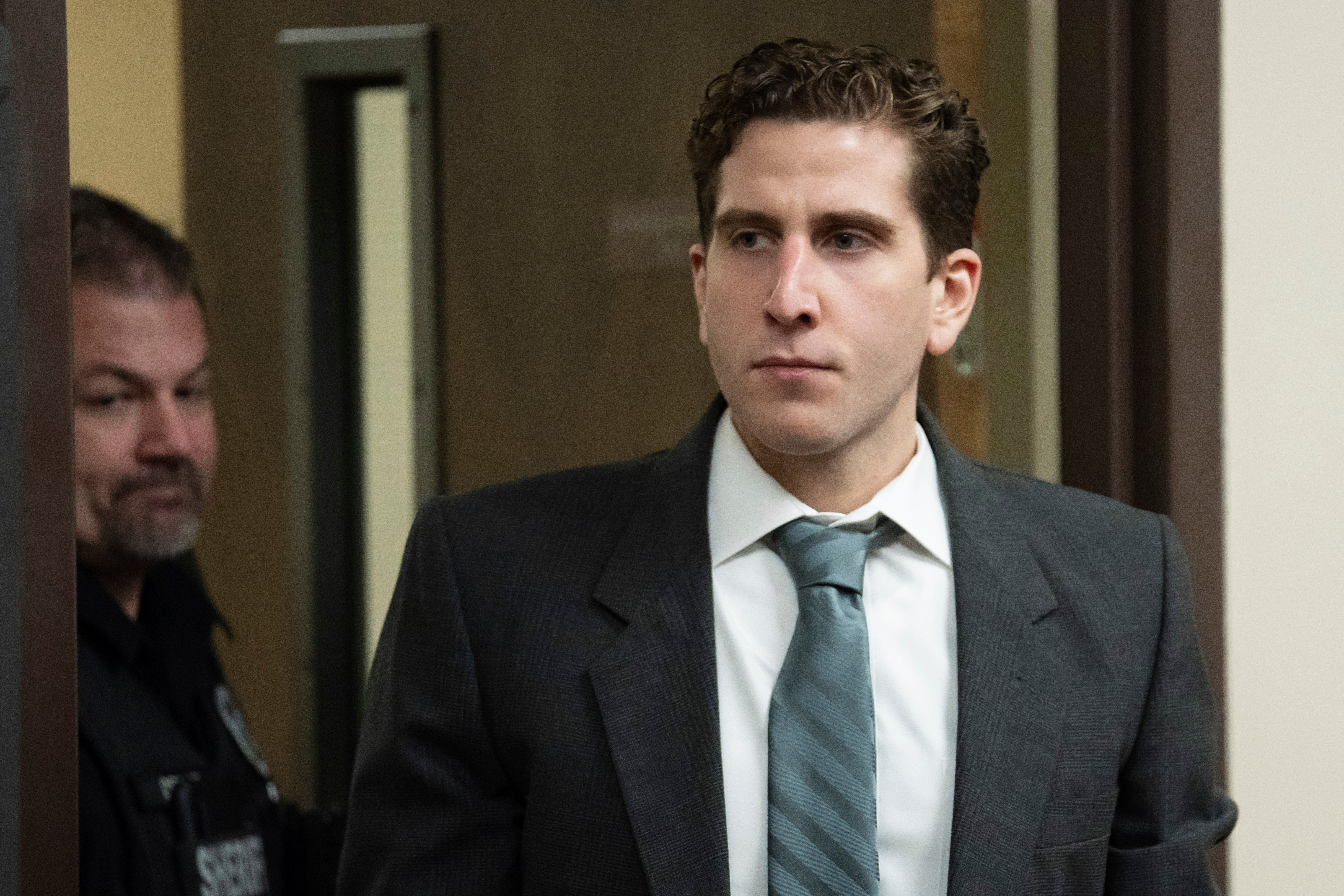Chad Daybell was sentenced to death for killing his wife and Lori Vallow’s kids. A firing squad could execute him
Idaho’s death penalty is getting renewed attention thanks to the high profile cases of Chad Daybell and Bryan Kohberger
Chad Daybell has been sentenced to death following six weeks of harrowing testimony of his high-profile murder trial in Idaho – and he could die by firing squad thanks to a new law.
Daybell, 55, a self-proclaimed “doomsday cult” prophet with extreme religious beliefs who set out to lead a group of 144,000 people to be saved during the Second Coming of Jesus Christ in 2020, is now the ninth person on death row in Idaho after a jury found him guilty last week. Prosecutors said it was Daybell’s “desire for sex, power, and money” that led to the 2019 murders of his wife Tammy Daybell, and the two youngest children of his then-girlfriend Lori Vallow - Tylee Ryan, 16, and JJ Vallow - whose remains were found buried in his Rexburg home in June 2020, nine months after they went missing.
Two days after Daybell was found guilty, the same jury decided that he would be sentenced to death. A decision that sparked no emotion from Daybell. When asked by Judge Steven Boyce whether he wanted to make a statement, he declined.
Idaho’s death penalty is seldom used, but has received renewed attention in the wake of Daybell’s bizarre case, as well as the case of Idaho murder suspect Bryan Kohberger, who is accused in the November 2022 killings of four University of Idaho college students.
According to the Death Penalty Information Center, the state of Idaho has carried out just three executions since 1976, when the US Supreme Court reinstated capital punishment. The first was in 1994, followed by two others in 2011 and 2012.

Now, the method of execution in Idaho is making headlines.
Last year, Idaho became the fifth state to permit the use of firing squads as a method of execution. The law went into effect on July 1, 2023. The only other states that authorize firing squads are Mississippi, Utah, Oklahoma and South Carolina.
However, Utah is the only state to have used firing squads in the past 50 years, according to the Washington, DC-based Death Penalty Information Center.
On June 18, 2010, Ronnie Lee Gardner was executed at Utah State Prison, for killing an attorney during a courthouse escape attempt.
Gardner sat in a chair, sandbags around him and a target pinned over his heart, according to The Associated Press. Five prison staffers drawn from a pool of volunteers fired from 25 feet away with .30-caliber rifles. Gardner was pronounced dead two minutes later.
A blank cartridge was loaded into one rifle without anyone knowing which. That’s partly done to enable those bothered later by their participation to believe they may not have fired a fatal bullet.
The renewed interest in using a firing squad as a means of execution comes as states search for alternatives to lethal injections after pharmaceutical companies barred the use of their drugs. Other states have reauthorized the use of electric chairs and gas chambers — or are at least considering it.

Some people view firing squads as less cruel than lethal injections, including Supreme Court Justice Sonia Sotomayor.
That idea is based on expectations that bullets will strike the heart, rupturing it and causing immediate unconsciousness as the inmate quickly bleeds to death, The Associated Press reported.
“In addition to being near instant, death by shooting may also be comparatively painless,” Sotomayor wrote in a 2017 dissent.
Her comments came in the case of an Alabama inmate who asked to be executed by firing squad. A Supreme Court majority refused to hear his appeal. In her dissent, Sotomayor said lethal drugs can mask intense pain by paralyzing inmates while they are still sentient.
“What cruel irony that the method that appears most humane may turn out to be our most cruel experiment yet,” she wrote.
However, many still question whether death by firing squad is actually painless.
In a 2019 federal case, prosecutors submitted statements from anesthesiologist Joseph Antognini, who said painless deaths by firing squads are not guaranteed.
Inmates could remain conscious for up to 10 seconds after being shot depending on where bullets strike, Antognini said, and those seconds could be “severely painful, especially related to shattering of bone and damage to the spinal cord.”

Others note that killings by firing squad are visibly violent and bloody compared with lethal injections, potentially traumatizing victims’ relatives and other witnesses as well as executioners and staffers who clean up afterward.
So what will happen to Daybell now?
Now that he’s been sentenced, a mandatory post-conviction review will be conducted and he will be able to pursue an appeal after the filing of a death warrant, CNN reported.
The appeals process in capital cases is known to go on for years, and they often reach the US Supreme Court before an inmate is ultimately put to death.
Bookmark popover
Removed from bookmarks